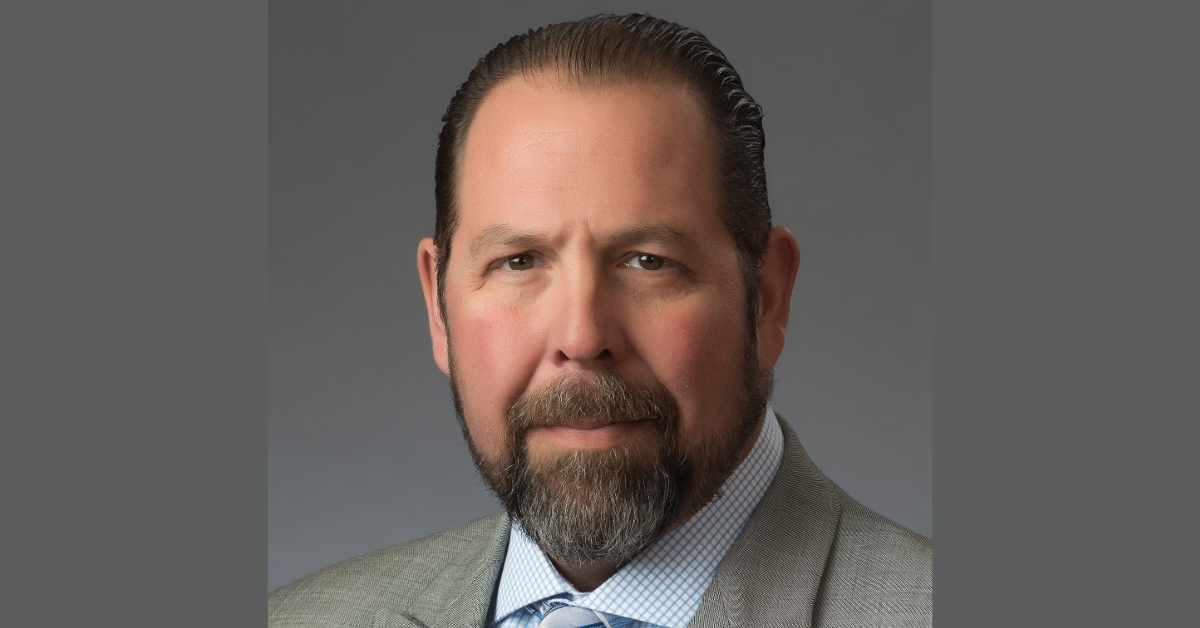
In the run up to Fintech Talents North America, we are speaking to credit unions and community banks across North America to gather their views on how they see the future unfolding in their corner of the financial services sector.
This time we hear from Travis Kasten, President/ CEO of the Service First Federal Credit in South Dakota. It is a fascinating perspective from a small credit union that sees itself as ‘simply too big not to comply and too small to absorb the costs of the implementation of the regulations’ that apply to all financial services institutions – big or small.
Travis speaks to the huge challenge that the pandemic created and how digital transformation went from being a priority, to a top priority.
What community does your credit union /Community Bank serve?
Minnehaha, Lincoln, and McCook Counties – Sioux Falls, South Dakota Metro.
Do you think the role of credit unions is changing?
I do think the roles of the community financial institutions are changing in several ways. For example, a predominant role is our members / consumers seeing and trusting the smaller financial institutions vs. the large national banks, such as Wells Fargo and Bank of America. Furthermore, they see us as a safe place for the stewardship of their hard-earned money. In addition, they want and use us as more advisory roles vs. transactional services. These advisory and educational roles are free services we are offering our members that allow them to make good, safe, and sound decisions for their financial security and futures.
What are some of the challenges you face in what is a fast-changing industry?
In the new age of COVID-19, the challenges are not in new and secure electronic delivery channels, but rather in the new and existing compliance requirements that are being set forth by the Consumer Financial Protection Bureau (CFPB). These existing and proposed new rules require all financial institutions to comply regardless of asset size and structure. Small community-based institutions were not the cause of many of the issues that hurt the American consumer and economy. It was the large reckless non-consumer focused banks that need the oversight. Small Community and Cooperative Based banks and credit unions are simply too big not to comply and too small to absorb the costs of the implementation of the regulations.
How has the pandemic impacted the way you operate and your future strategy?
The pandemic has dramatically impacted our small 200M credit union. Initially we were not ready for the major transition and transformation that we endured in 2020. We went from a small organization with limited remote / teleworking employees to transitioning to 80% remote within 4 days. The initial struggles from the impact of such a dramatic production and location shift were severe, but within a matter of a few weeks we became streamlined, more efficient, safe, and running at 100% service capacity. We immediately started a massive educational campaign to our 20,000 plus members to ensure them their money was safe, accessible and that we were here for them in any life changing event they may currently be undergoing. Our campaign was based on our fundamental philosophy of people – helping and serving people as well as being good stewards of our members money.
Historically digitisation was a priority, post COVID-19 it is now a top priority. Our overall digitisation strategy is beyond member data security and it has evolved into delivery and convenience. These action steps include, but are not limited to, Virtual Teller Machines to full online and remote access without any branch or in person transactions.
Is digitisation a priority for your institution?
Historically digitisation was a priority, post COVID-19 it is now a top priority. Our overall digitisation strategy is beyond member data security and it has evolved into delivery and convenience. These action steps include, but are not limited to, Virtual Teller Machines to full online and remote access without any branch or in person transactions.
Is working with partners part of your strategy?
Currently, we do plan to use several partners as well as our in-house IT wholly owned Credit Union Service Organization (CUSO). We are vetting several strategic partnerships in Q1/2021.
Digital channels or branches – which is more important?
Currently, we are still putting equal emphasis on both digital channels and branches. However, we are, as many are transitioning to the digital channels and lessoning our physical brick and mortar branches. We already have plans to eliminate one physical branch in 2021 due to the transitions of a large sector of our membership that have moved permanently to the digital experience and enjoy the convenience.
This was exacerbated by the COVID-19 pandemic when our members who never used the digital channels and found themselves forced to use them and found that transactional method to be more convenient for them.
The best thing about being part of a credit union/ community bank is….
The are many “best things” about being part of a community based financial cooperative institution. The top three will be the philosophy, structure, and spirit. Since the birth of credit unions movement in Germany, the founding principles that developed the philosophy of “People Helping People” make our cooperative a true calling vs. a profession
Credit unions throughout the world to include our small community in South Dakota execute this philosophy effortlessly through the work of being member centric and truly caring for those who are in need, as well as those members who are thriving. Our unique structure of not for profit, not for charity always a democratic structure of one member, one vote regardless of the size of your accounts. The credit union movement is filled with a group of dedicated teams that possess a spirit to serve a cause greater than their own. This spirit is the true differentiation between us and a for profit bank.











